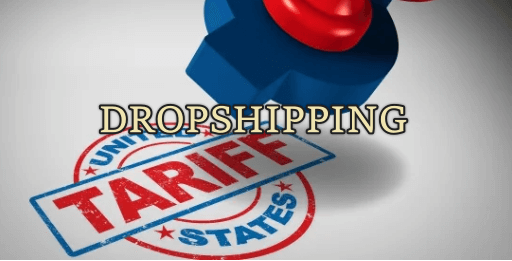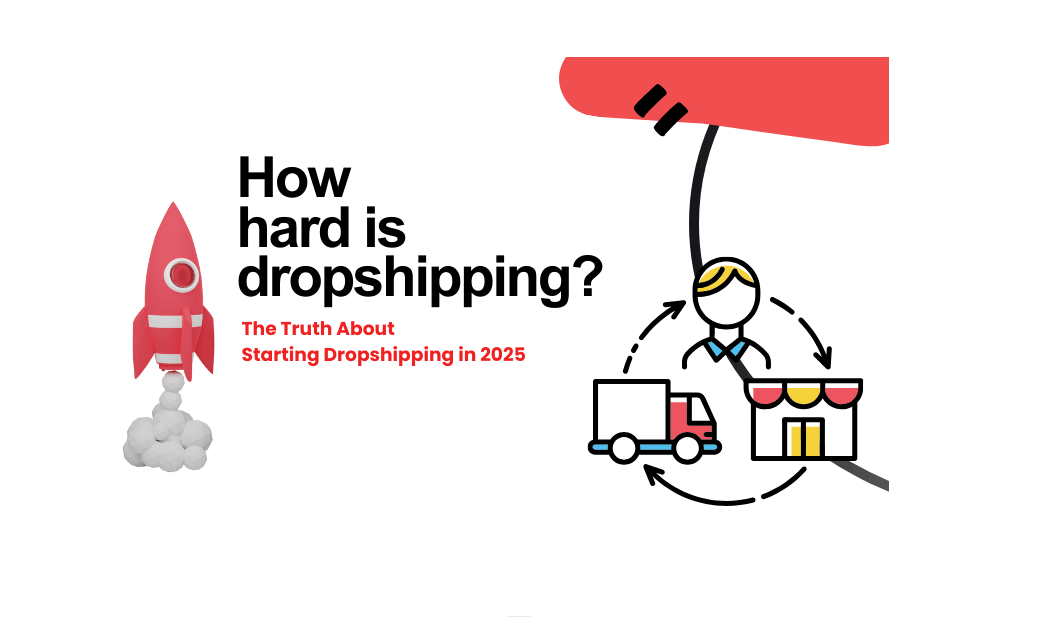Running a profitable dropshipping business depends on dropshipping fulfillment in some capacity. Under this structure, businesses deal with dropshiping supplier to handle storage, packaging, and direct customer distribution; they do not own inventory. Choosing the correct method is essential to guarantee a flawless operation, given the numerous fulfillment options, from automated solutions to hand processing.
Platforms provide combined tools to automate dropship fulfillment as the eCommerce industry develops, freeing sellers to focus on developing their businesses. Knowing the differences between automated and traditional fulfillment methods as well as the various benefits and disadvantages, will help companies maximize their operations and enhance the client experience.
Part 1: What is Dropshipping Fulfillment?
Dropshipping fulfillment is the administration and delivery of consumer orders under a dropshipping business model in which the merchant does not retain inventory. Instead, when a consumer purchases, the merchant passes the data to a third-party manufacturer or supplier directly providing the items to the customer.
E-commerce takes great use of this approach as its entrance barrier is low. Unlike conventional retail, which forces businesses to engage in purchasing, holding, and maintaining inventory, dropshipping enables stores to present and sell goods without first buying them. Retailers function as intermediaries; suppliers handle storage, packaging, and shipping; sales, marketing, and customer service take the stage.
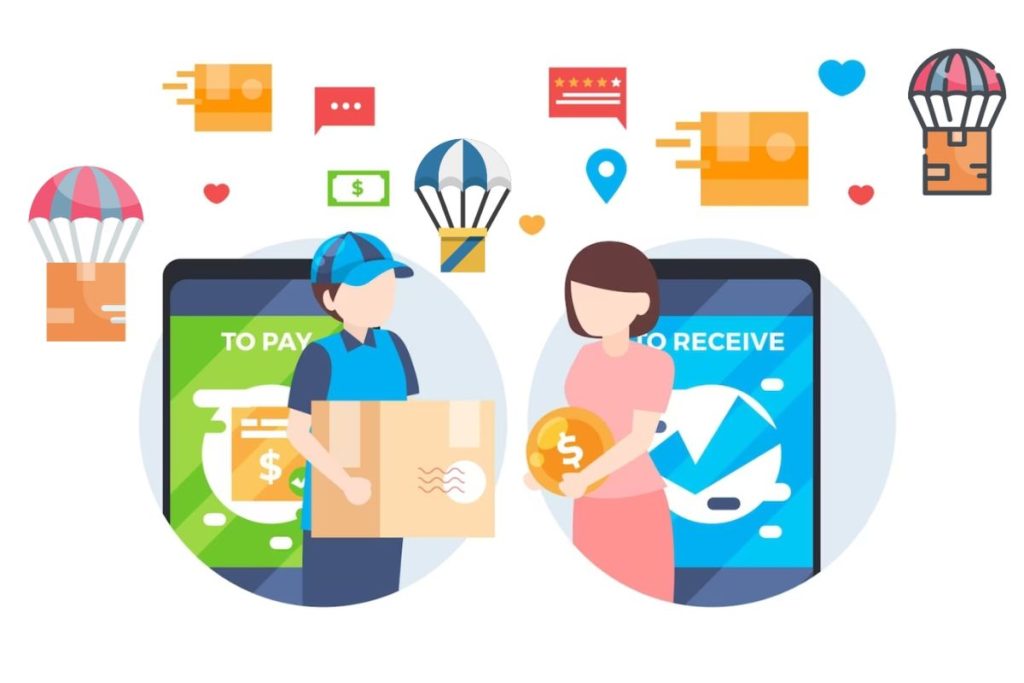
The four primary phases in the dropship fulfillment process are typically as follows:
- Order Placement by the Customer: The store maintains an online inventory and processes orders placed by customers.
- Merchant Forwards Order: The supplier or manufacturer receives the order data from the merchant.
- Supplier Fulfills Order: The supplier sends the item straight to the client after packing and readying it.
- Merchant Manages Customer Service: The merchant continues to be the customer’s point of contact, responding to any questions or problems pertaining to the merchandise.
Part 2: Types of Dropshipping Order Fulfillment
Traditional and automated fulfillment are the two major two forms of dropship order fulfillment. Depending on the size and objectives of the company, each offers different procedures, benefits, and difficulties.
2.1 Traditional Fulfillment
Traditional dropshipping fulfillment calls for hand order processing. After a consumer places an order, the merchant personally passes the order data to the supplier, who then ships the products straight to the client. Monitoring the order progress, corresponding with the supplier, and giving customer updates fall to the retailer.
Although small companies or startups usually employ this approach as it is simple, as the company grows, it could become time-consuming. Manually managing many orders calls for a lot of work, which raises tracking, shipping, and customer communication mistakes. For individuals who prefer a hands-on approach and greater control over their purchases, conventional fulfillment might appeal, nevertheless.
Benefits
- More authority over specific directives
- Ideal for companies who don’t get many orders
- No need for further tools or software
Problems
- Time-consuming as the amount of orders rises
- Increased likelihood of human mistake
- Challenging to scale effectively
2.2 Automated Fulfillment
Using dropshipping software or integrations, automated dropship fulfillment handles orders as they arrive. By linking directly with suppliers, tools like Shopify’s fulfillment apps—such as Oberlo or Dropshipman—allow orders to be handled and distributed free from human interaction. Automated fulfillment reduces mistakes, accelerates order processing, and offers real-time tracking and updates, streamlining the process. Companies trying to grow rapidly will find this approach perfect as it guarantees accuracy and saves time.

Features of Dropshipman
Find winning products from global suppliers, import them in one click. Fulfill your Order by Dropshipman.
Benefits
- Quicker handling of orders
- Less mistakes as a result of automation
- Simple to scale for expanding companies
Problems
- Either paying platform fees or making software investments
- Less direct authority to issue specific commands
Part 3: Benefits and Challenges of Dropshipping Fulfillment
The simplicity and low initial costs of dropshipping fulfillment make it an appealing model for numerous entrepreneurs. Nevertheless, it is accompanied by its own set of advantages and challenges, as is the case with any business strategy.
3.1 Advantages
- Minimal Initial Expense: Stores don’t have to pay for inventory or storage space. By delaying goods purchases until after a sale, you lower your financial risk.
- No Inventory Management: Whereas the supplier handles shipping, packing, and storage, the merchant focuses on marketing and customer service.
- Wide Product Selection: You have few items in stock, hence you have no need to worry about inventory levels.
- Scalability: Scaling is made simple using dropshipping. Suppliers handle order fulfillment as volume rises, freeing up company space for expansion.
3.2 Disadvantages
- Limited Control: Retailers depend on suppliers for the quality of their products, the timeliness of delivery, and the packaging; poor supplier management may affect consumer satisfaction.
- Low Profit Margins: Lower profit margins are sometimes the result of intense competition and supplier fees.
- Shipping Complexities: Dealing with many suppliers may lead to more expensive and time-consuming shipping, which will negatively impact the customer experience.
Establishing a successful fulfillment and dropshipping business depends on understanding both these benefits and challenges.
Part 4: How to Fulfill Orders on Shopify Dropshipping
One well-known dropshipping site is Shopify. It presents many approaches to handling order fulfillment. Below are instructions on how to fulfill dropship orders on Shopify.
Order Fulfilling Manually
In hand fulfillment, the business owner checks every order and transmits the customer’s details to the supplier for handling. Regarding the order status, the retailer is in charge of correspondence to the supplier as well as the client. Small retailers or companies just starting out will find this approach helpful, yet, as the company expands, it may be time-consuming.
Processes for manual fulfillment on Shopify dropshipping:
- Get orders from a client
- Forward your provider the order details—product, quantity, delivery information
- Verify the source delivered the order
- Note that your Shopify dashboard displays the order as fulfilled
- Forward client shipment and tracking data
Leveraging a Third-Party Fulfillment Service
Third-party dropship fulfillment companies like ShipBob or Fulfilment by Amazon (FBA) take over merchant order processing, packaging, and delivery. Usually handling inventory and the whole fulfillment process, these services offer company owners more time to concentrate on expansion. Though handy, third-party fulfillment companies can charge more.
Processes for making use of a third-party fulfillment service:
- Select a fulfillment provider appropriate for Shopify dropship
- Create integration so that the fulfillment service receives orders automatically
- The service oversees shipping, packaging, and storage
- Shopify lets one monitor fulfillment in real time
Dropship Order Fulfillment Software
Dropshipping order fulfillment systems streamline the whole process. To streamline chores such as product imports, order forwarding, and tracking updates, Shopify links with many applications, including Oberlo, DSers, and Dropshipman. These instruments cut mistakes, save time, and provide real-time stock level and shipping data.
Processes for how to fulfill dropship orders on Shopify use software:
- Connect your Shopify business to the fulfillment program
- Orders are immediately transmitted to the dropshipping supplier for completion
- The application records shipments and changes order statuses
- Consumers get tracking information on demand automatically
Part 5: What to Consider When Selecting a Dropship Fulfillment Software?
Simplifying your company processes and guaranteeing client satisfaction depends on selecting the correct dropship fulfillment program. These main elements should help you decide on the right program for your requirements.
Management of returns and refunds
A dependable dropship fulfillment system should have a seamless refund and return policy. Maintaining a good customer experience depends on the effective handling of returns. Therefore, seek a tool that can automatically monitor returns, handle refund requests, and manage processes. Among the dropship solutions that merchants really value for guaranteeing this policy all through the implementation process is Dropshipman.
Order Tracking
For the client as well as the business, real-time order tracking is crucial. From the time an order is entered until it is delivered, your fulfillment system should provide automatic tracking updates. This lessens the need for hand follow-ups and lets clients check their orders.
After-Sales Assistance
Search for fulfillment and dropshipping systems with robust after-sales support—that is, automatic customer alerts, delivery confirmation, and post-purchase interaction features. This raises client retention and helps to create trust.
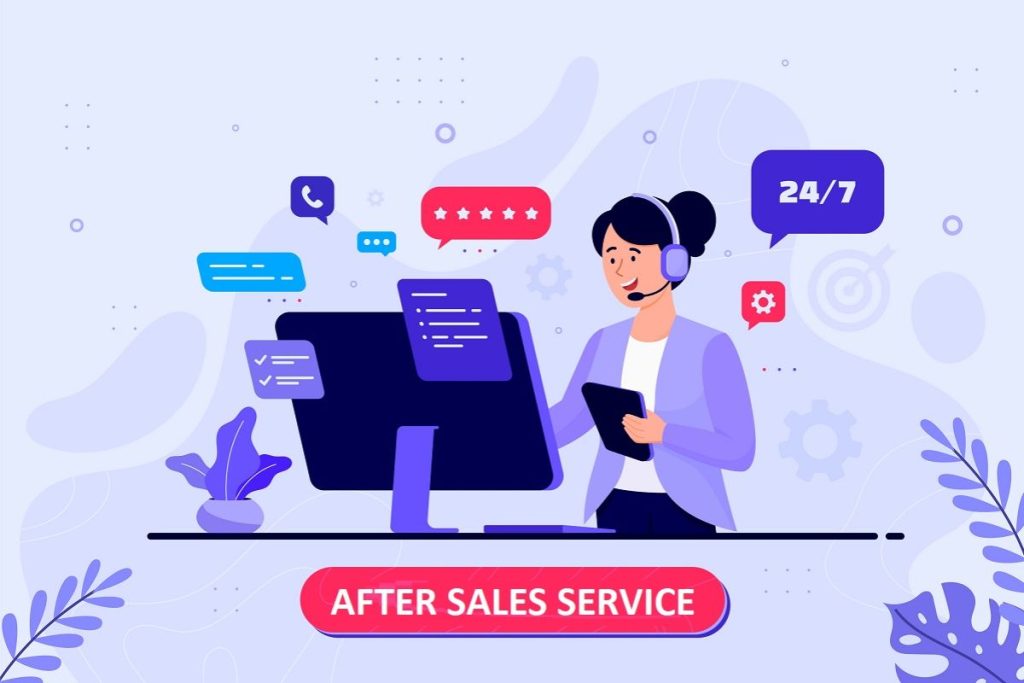
Product Quality Control and Quantity
Verify the program offers correct management of product inventories. It should be able to instantly monitor stock levels and alert you of any low or out-of-stock items. Certain systems also link with vendors to provide quality inspections before shipment, therefore helping to avoid problems with defective products.
Furthermore, programs like Dropshipman verify the features to make sure the product performs as intended and meticulously measure weight and dimensions to project the shipping cost to guarantee maximum customer satisfaction before procurement.
Supplier Sourcing
Working with consistent suppliers is one of the most crucial features of dropshipping. A solid fulfillment system will link you with reliable vendors or simplify the integration of outside ones. Without excessively investing on supply chain management, Dropshipman provides direct access to partnering with the appropriate providers and worldwide brand expansion.
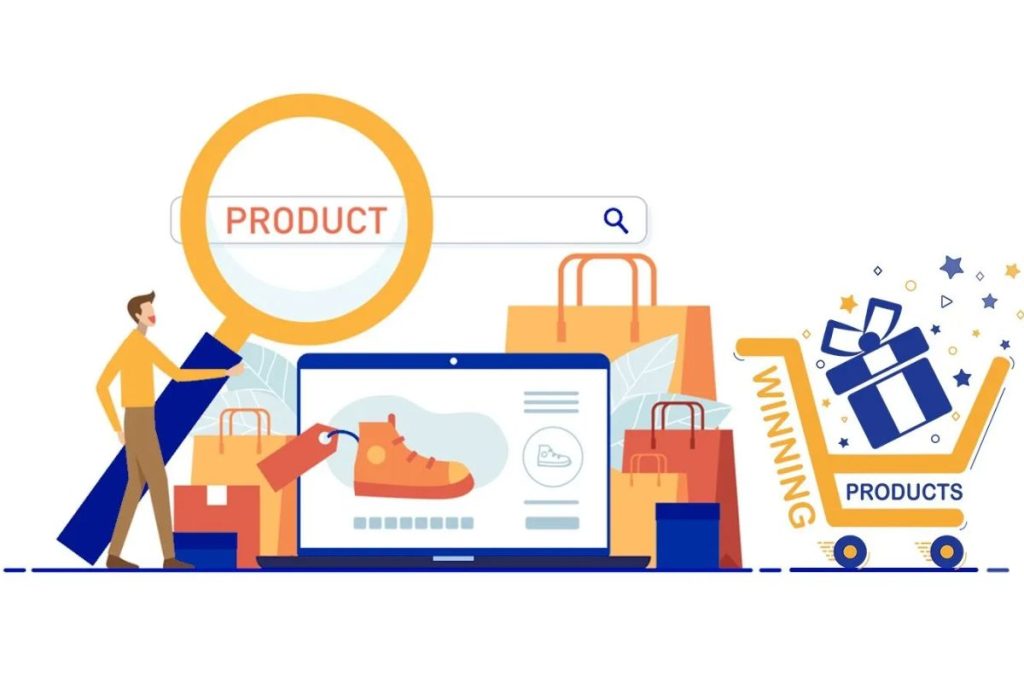
Including these elements into your dropshipping company will enable you to properly expand your company, lower running issues, and provide a more pleasant client experience.
Conclusion
Any effective dropshipping company is built on dropshipping fulfillment. Finding the correct approach can increase customer happiness and efficiency, whether you manually process orders or automate using specific tools. One very effective solution for automating your fulfillment process, lowering mistakes, and guaranteeing a seamless client experience is Dropshipman.
Features like real-time tracking and supplier sourcing help you to simplify difficult tasks and better run your shop. Choosing the right software and fulfillment technique will assist you to keep up with market requirements and enable you to grow your dropship business ecologically.
FAQs about order fulfillment for dropshipping
Q1: What is the most efficient method to automate the dropshipping fulfillment process?
Using fulfillment and dropshipping programs like Dropshipman, Oberlo, or DSers will help you to automatically handle the dropship fulfillment process. These instruments greatly save human labor by automatically tracking shipments, syncing orders with vendors, and instantly changing stock levels.
Q2: Is Fulfillment by Amazon the same as dropshipping?
Fulfilment by Amazon (FBA) is not quite dropshipping. Under FBA, Amazon handles customer service, shipping, and storage while retailers send their products to Amazon’s warehouses. Dropshipping involves the supplier delivering the products straight to the client; the seller never touches them.
Q3: What is the difference between dropshipping and a fulfillment center?
Order fulfillment centers carry items for stores on behalf of factories and warehouses. On the other side, dropshipping calls for no seller inventory control. Instead, the supplier responds to customer inquiries simply and straightforwardly.
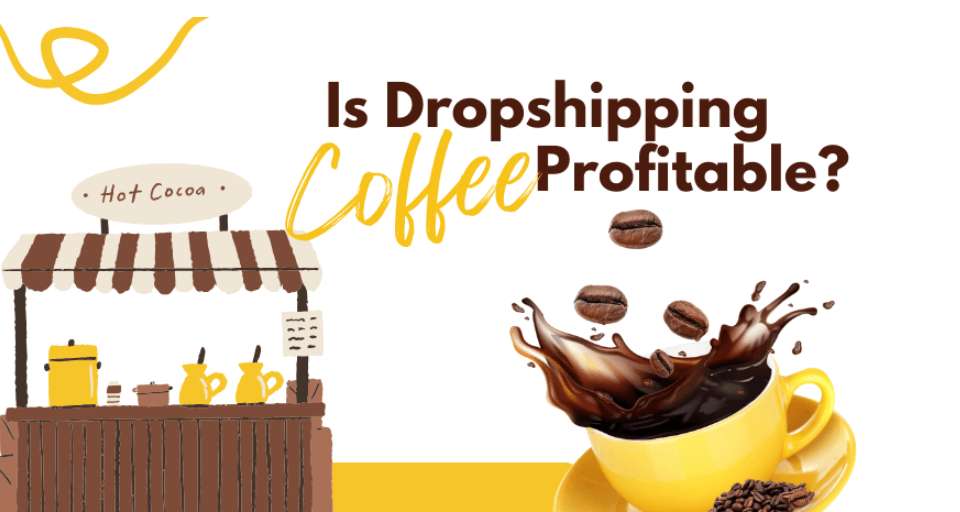
![Dropshipping General Store vs. Niche Store [2025 Data and Table]](https://www.dropshipman.com/wp-content/uploads/2025/03/general-vs-niche-store.png)
